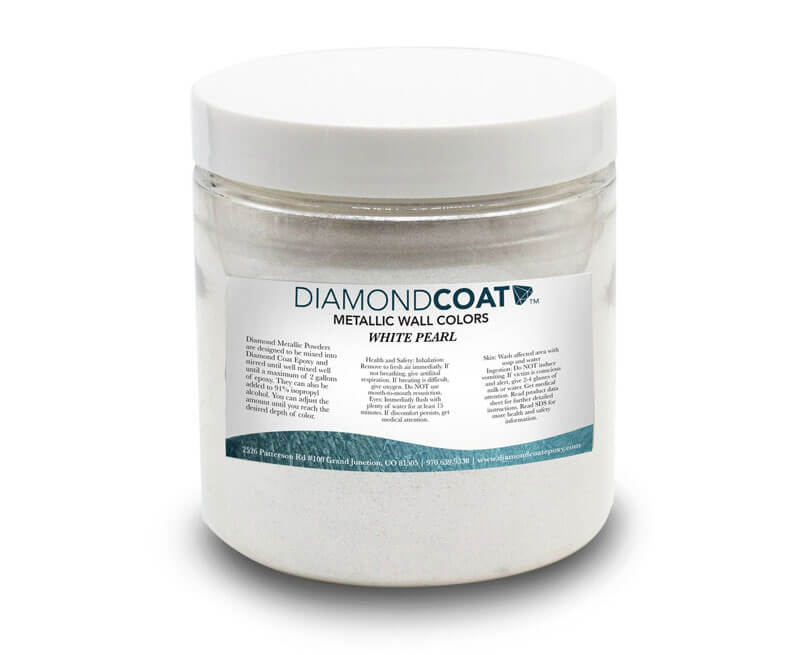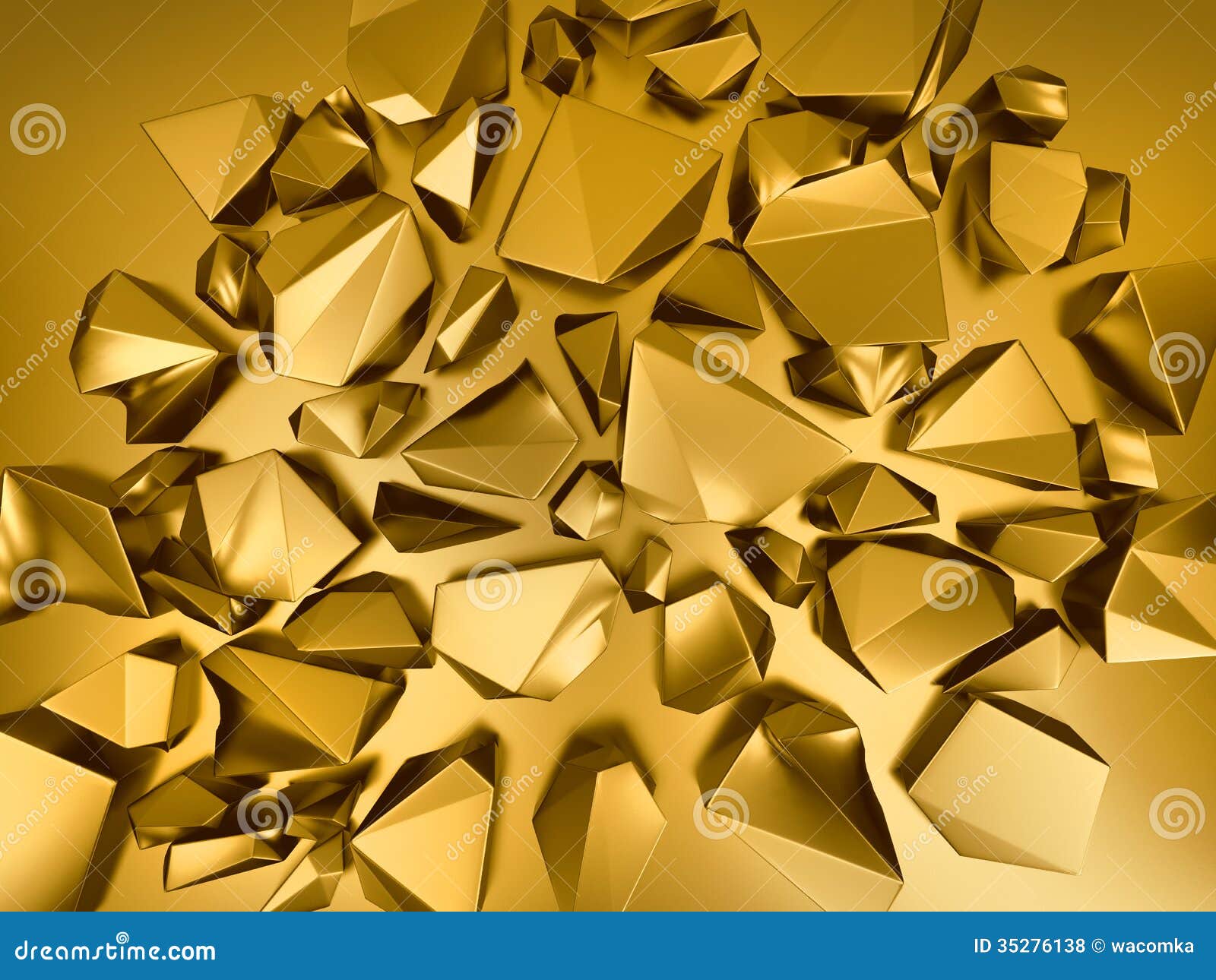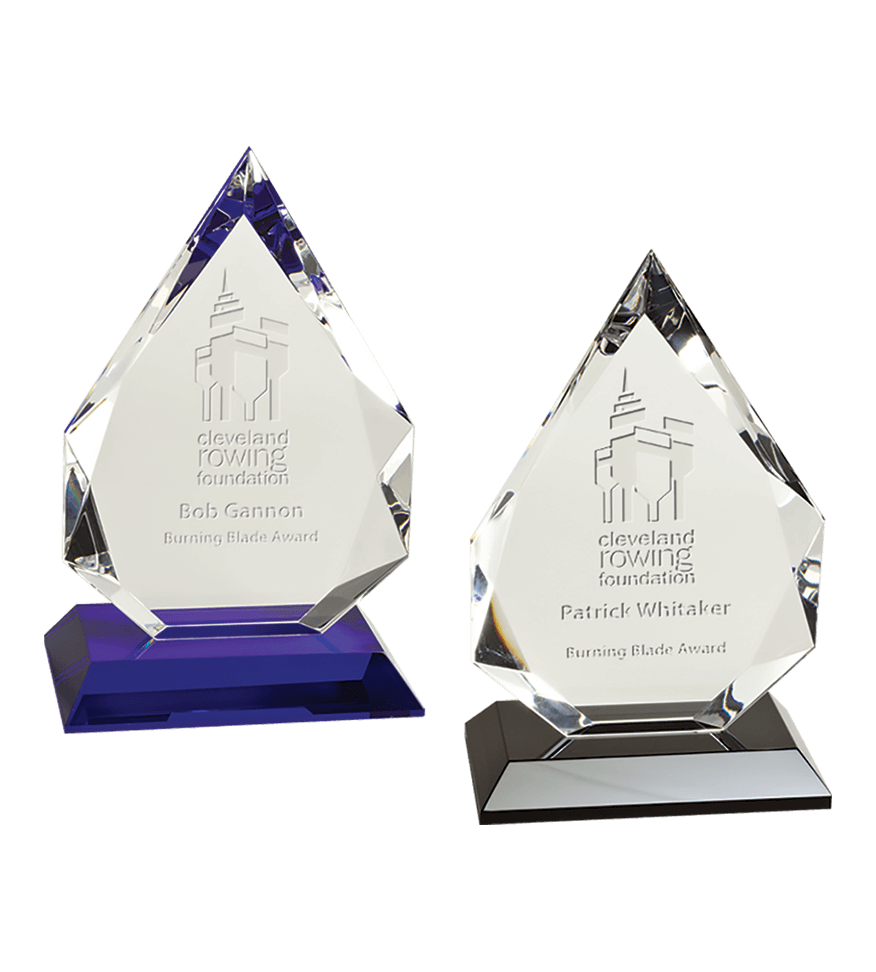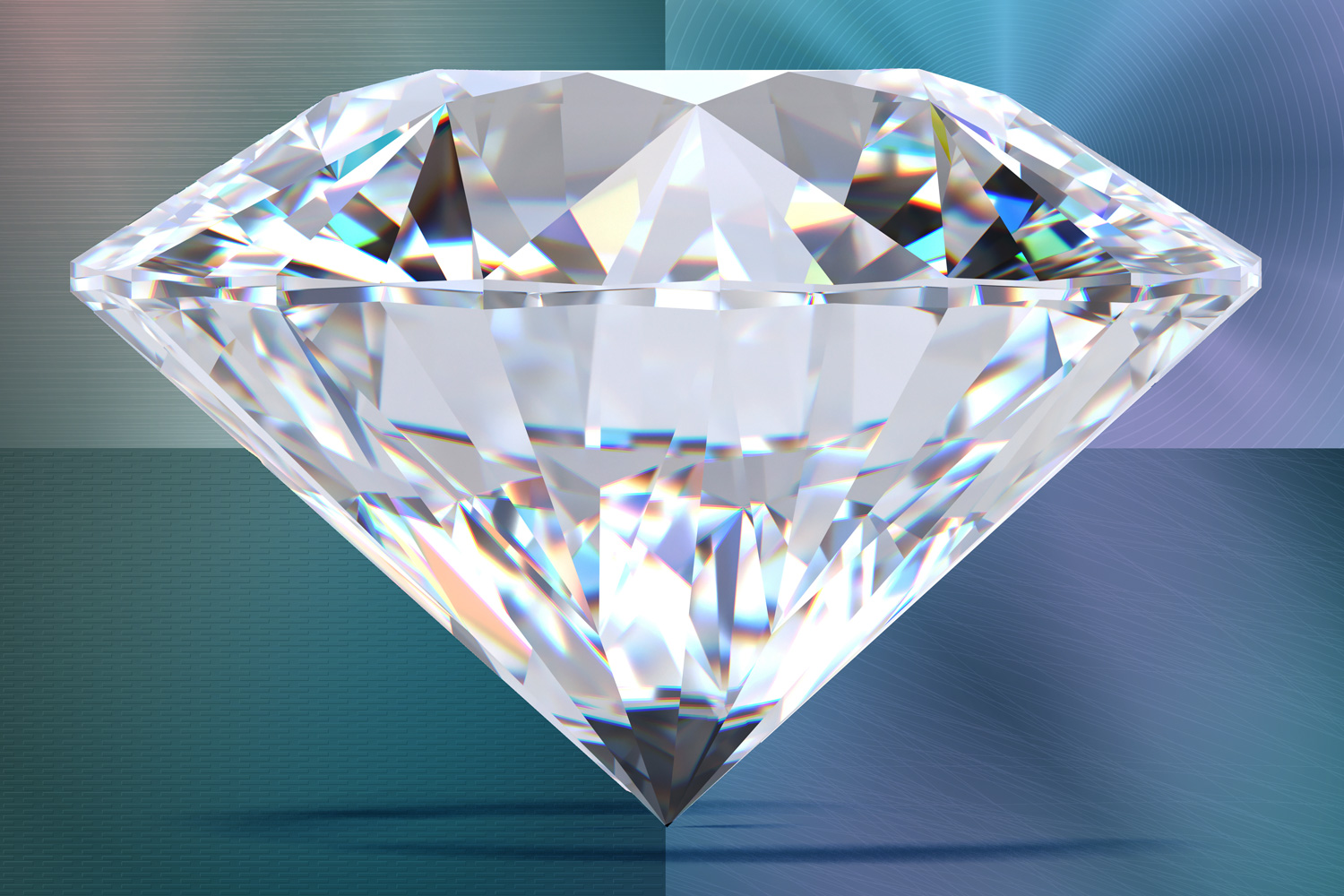
Diamond metallic colour Plaster Shop
"Diamond rain" could provide clues into the origin of the complex magnetic fields of Neptune and Uranus. New results show that diamonds form above a layer of conductive ice which is stirred as the diamonds fall through it. Currents of conductive fluids act as a kind of dynamo through which the magnetic fields of planets are formed. (European XFEL)

Metallic Crystal Structures and Atomic Packing factor YouTube
Diamond has a more complicated structure than most ionic crystals (Figure \(\PageIndex{5}\)). Each carbon atom is the center of a regular tetrahedron, and the angle between the bonds is 110°.110°.. The valence electrons are essentially free of the atoms and are able to move relatively easily throughout the metallic crystal. Bonding is due.

photo, roundcut, clear, gemstone, diamond, gem, cubic zirconia, jewel Piqsels
The metallic crystals may be hard or soft. They are excellent conductors of electricity and heat. The material has high luster and reflectivity. These crystals may be malleable and ductile (able to be hammered or pulled.) Metallic crystal may have moderate heats of fusion (transitioning from solid to liquid.)

Chemical Elements Carbon
DOI: 10.1038/s41550-023-02147-x. An international team of researchers led by Dr. Mungo Frost from the SLAC research center in California has gained new insights into the formation of diamond rain.

Metallic Gold 2mm Diamond Victoria Street
Metallic crystal - Metallic crystals consist of metal cations surrounded by a "sea" of mobile valence electrons (see figure below). These electrons, also referred to as delocalized electrons, do not belong to any one atom, but are capable of moving through the entire crystal.. Diamond is a network solid and consists of carbon atoms.

Granite Crystal Metallic/Brilliant Black Crystal RAM Rebel Picture Thread Page 2 Ram Rebel Forum
Pure nonmetals form covalent crystals (e.g., diamond) as do covalent compounds (e.g., zinc sulfide). Ionic Crystals: Electrostatic forces form ionic bonds between atoms with different electronegativity values. A classic example of an ionic crystal is a halite or salt crystal. Metallic Crystals: Metals often form metallic crystals, where some of.

Whatnot Crystal live sale Livestream by thatcrystallady crystals_and_gems
metallic crystal. B. covalent crystal. C. ionic crystal. D. molecular crystal. Easy. Open in App. Solution. Verified by Toppr. Correct option is B) Diamond is a purest form of carbon in which each carbon atom is covalently bonded to four other carbon atoms. Hence diamond is an example of the covalent crystal.

Abstract 3d Gold Metallic Crystals Background Stock Illustration Illustration of clipart
Diamond is a solid form of pure carbon with its atoms arranged in a crystal. Solid carbon comes in different forms known as allotropes depending on the type of chemical bond. The two most common allotropes of pure carbon are diamond and graphite.

INCLUSIONS A DEEP LOOK INSIDE NATURAL AND LAB GROWN DIAMOND CHARACTERISTICS GSI Gemological
Crystal structures. Most metals and alloys crystallize in one of three very common structures: body-centered cubic (bcc), hexagonal close packed (hcp), or cubic close packed (ccp, also called face centered cubic, fcc). In all three structures the coordination number of the metal atoms (i.e., the number of equidistant nearest neighbors) is.

clear, gemstones, black, surface, diamonds, jewels, gems, expensive Piqsels
Both metallic (Ag) and semiconductor (CdSe/CdS) NPs were pre-synthesized, suspended in colloids and added into the sol-gel reaction medium which was used to fabricate the GHNCs.

Diamond Metallic Synergy Thermal Foils
Metallic crystal - Metallic crystals consist of metal cations surrounded by a "sea" of mobile valence electrons (see figure below). These electrons, also referred to as delocalized electrons, do not belong to any one atom, but are capable of moving through the entire crystal.. Diamond is a network solid and consists of carbon atoms.
/bismuth-metal-elementary-hopper-crystals-step-lattice-formation-130890310-575c9b313df78c98dc85e109.jpg)
Metal Crystals Photo Gallery
These differences reflect differences in strengths of metallic bonding among the metals. Figure 3. Copper is a metallic solid. Covalent Network Solids. Covalent network solids include crystals of diamond, silicon, some other nonmetals, and some covalent compounds such as silicon dioxide (sand) and silicon carbide (carborundum, the abrasive on.

Premier Crystal Diamond Maxwell Medals & Awards
A covalent crystal contains a three-dimensional network of covalent bonds, as illustrated by the structures of diamond, silicon dioxide, silicon carbide, and graphite. Graphite is an exceptional example, composed of planar sheets of covalent crystals that are held together in layers by noncovalent forces.

Turning diamond into metal MIT News Topic News
Most of the solids are crystalline in structure. Metallic solids like gold. platinum, silver, copper, zinc, etc. are Crystalline Solids. Inorganic salts like sodium chloride, magnesium sulphate, potassium bromide, copper sulphate, caesium chloride, etc. are all crystalline solids. Non-metallic solids like sulphur, phosphorus, iodine are.

Mirror Tiles Texture Seamless Google Search Seamless 22776 Hot Sex Picture
METALLIC MINERALS Metallic minerals are associated principally with the igneous and metamorphic rocks of the Piedmont and Blue Ridge geologic belts. Ores of chromium, copper, gold and silver, iron, lead and zinc, manganese, molybdenum, nickel, tin, titanium, and tungsten all occur in either the Piedmont or Mountain Provinces.

Shining diamond metallic texture Nature Stock Photos Creative Market
Diamond is known to be the hardest substance. The bond formed between a cation and anion is ionic. Examples are Nacl and kcl. Molecular crystals having dipole interaction, vanderwaal forces etc. examples are water and argon. Metallic bond containing crystals are known as metallic crystals.